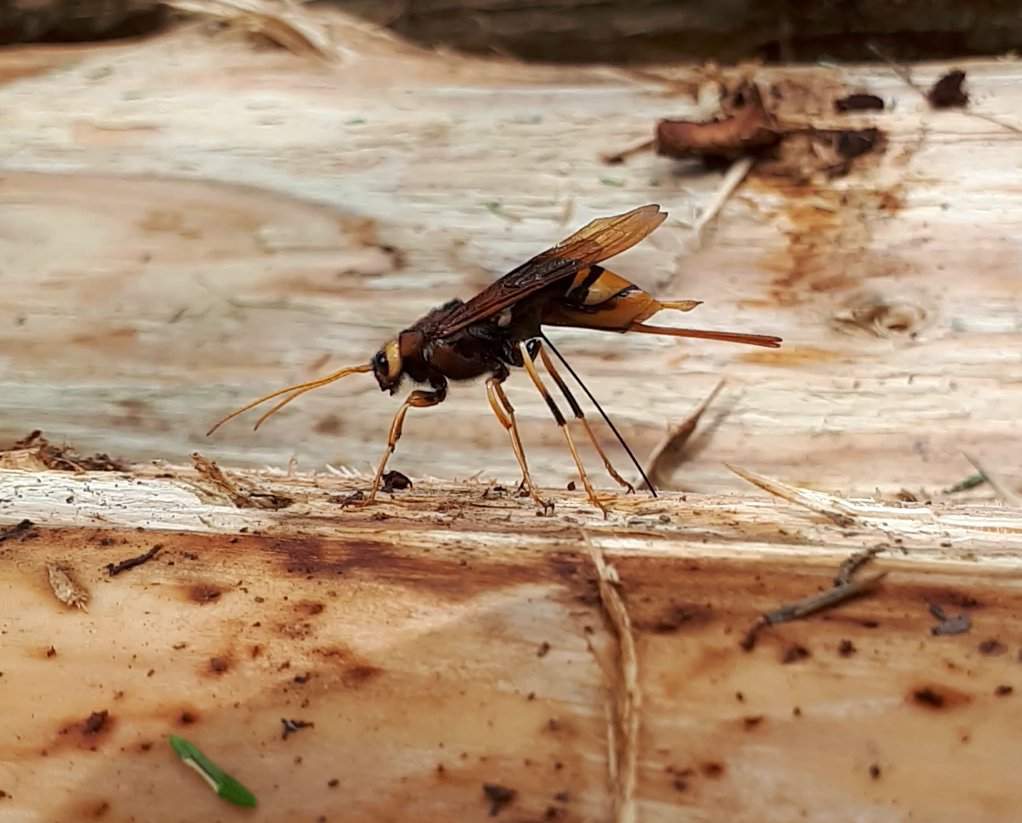Generally, the main reason that ancient and veteran trees have been highlighted as important in recent times is for their associated biodiversity. Rightly so, the focus has been on the rare fungi, invertebrate and epiphytes that utilise the specific conditions offered by veteran trees, which in many cases are limited to certain veteran tree sites.
Decaying wood habitat is of extreme importance within this context and invertebrates of conservation concern are often solely reliant upon it. Some sites such as Richmond Park are designated SSSI’s and NNR’s for these invertebrate communities. Dallington Forest, due to its large veteran tree population within varied habitats, could be of equal importance but as yet unrecognised. A survey that addresses the lack of data for associated saproxylic insects, especially within the beech trees, is of necessity as clearly the habitat is there.
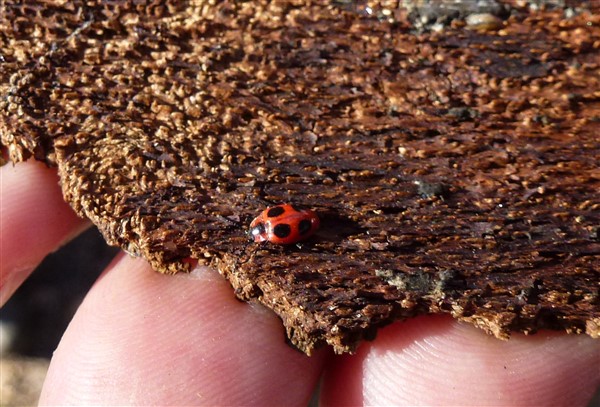
A fungus eater living under the bark of dead or dying trees especially beech and birch
In 2018 a project was undertaken involving flight interception trapping on five selected veteran trees in Forge Wood, part of Dallington Forest. The aim was to document the number and range of saproxylic (wood-decay) species present.

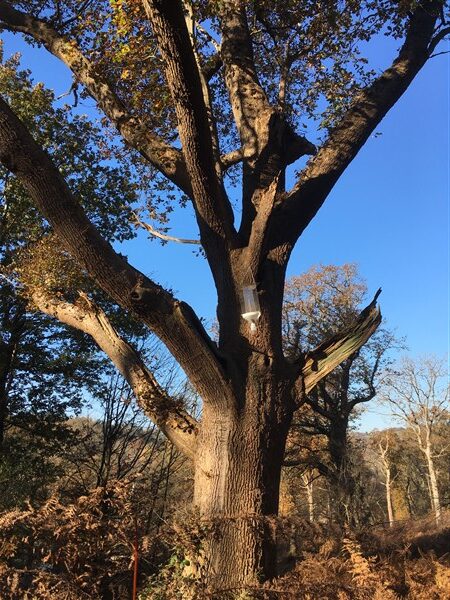
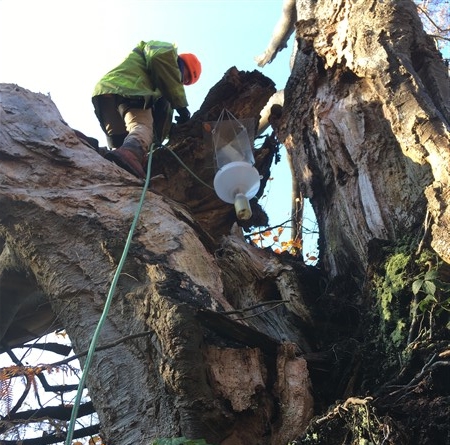
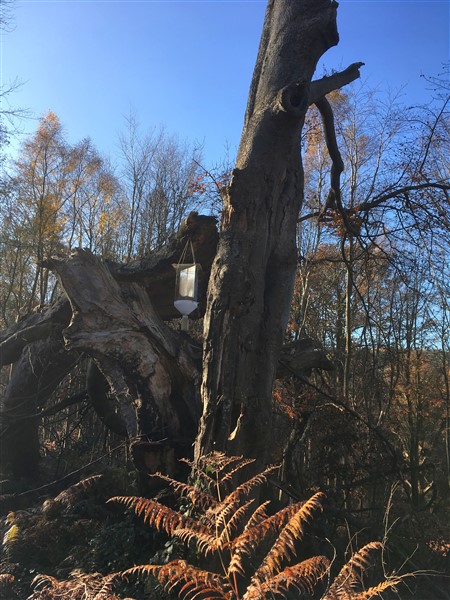
The resulting report by Dr Keith Alexander can be accessed via the link below.
One of its findings was a wetland crane fly Ellipteroides alboscutellatus, a species with a northern and western distribution in England and not previously known from SE England. See the following Diptera Digest article: –
Fungus Gnats Recording Scheme newsletter
Insect surveys by Peter Chandler
Email from Peter Chandler to Jamie Simpson summarising the results of his Diptera surveys
Excel spreadsheet of Peter Chandler’s survey results
Other invertebrate information
Below are links to other invertebrate surveys and reports by eminent researchers together with examples of relevant literature.
Managing woodland for butterflies and moths
Slugs of old woodland
Saproxylic invertebrates and their conservation. Martin C.D. Speight, 1989. Published by the Council of Europe
Roper 2004: Insects emerging from a standing, dead oak tree-trunk in Sedlescombe, East Sussex.
Great Wood Wasp, Urocerus gigas, or Giant Horntail laying eggs into a felled tree trunk.
This 4 cm long wasp is harmless and lays its eggs in pine logs through a long sting-like ovipositor. While probing the wood and laying the eggs she is entirely defenceless.
The eggs develop into larvae that live in the timber for up to 5 years, sometimes emerging after the wood had been turned into structural timber or furniture.
